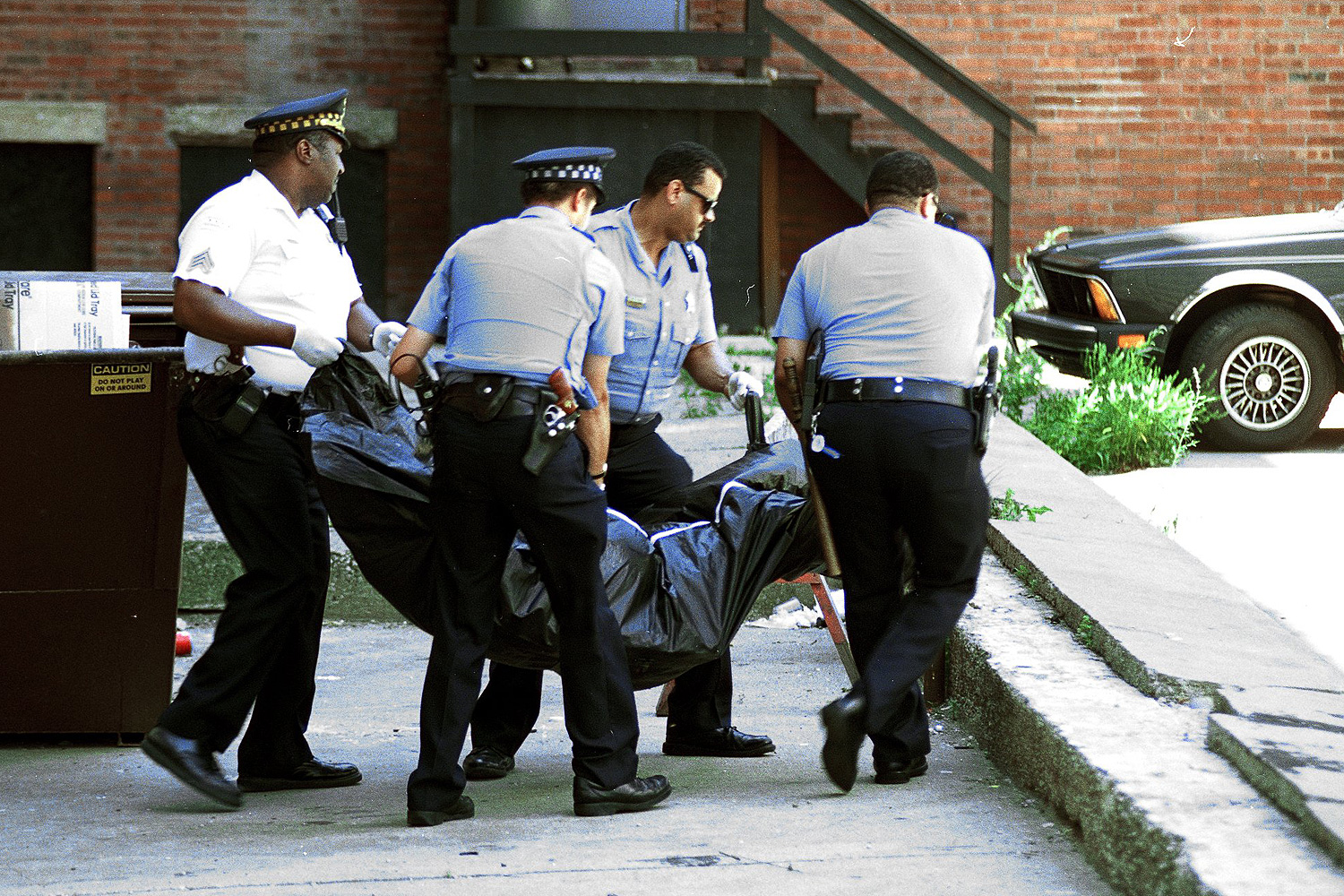Yesterday Daniel Kay Hertz flagged a remarkable Tribune article published on July 13, 1995, at the beginning of the historic heat wave, which began:
Stop your whining. So what if it got up to 97 degrees on Wednesday, tying the record for a July 12, set in 1954?
Even though tens of thousands of Chicago-area residents probably suffered through the first day of an anticipated weeklong heat wave, for many others, Wednesday's weather was just a walk in the park.
It was remarkably ill-timed, given the tragedy that unfolded, but not unrepresentative of the immediate official reaction. As Mike Thomas's oral history of the heat wave for Chicago notes, the mayor had much the same reaction on Friday, July 14:
It’s hot. It’s very hot. Yesterday we broke records. We all have our little problems, but let’s not blow it out of proportion. It is a crisis. It’s hot out there. We all walk out there. It’s very, very, very hot. It’s like getting heavy snow. It’s like getting real cold weather. Yes, we go to extremes in Chicago. And that’s why people love Chicago. We go to extremes.
Or Mike Royko, writing on the 18th, as the morgues overflowed:
The difference [between heat waves of the past that killed hundreds and the one of 1995] is that when poor Gramps croaked in those days, nobody got to see him being wheeled into the morgue on the 10 o’clock news.
That article gives a clue, however, to the misunderstanding of the heat wave's severity. It begins with the daytime high, which was very high but technically not unprecedented. (During the heat wave, only July 13, 1995 set a record for a daytime high.) Daytime highs are a natural touchstone for the weather—we all want to know what the biggest number is.
But the real problem with the 1995 heat wave, however, was the nighttime apparent temperature lows, which were truly unprecedented. In 1996, two scientists with the National Climatic Data Center looked at the meteorology of the heat wave with an eye towards its potential reoccurence. They began with the likelihood of the low apparent temperatures at the apex of the heat wave—which were astonishingly rare.
The 2-day period where the minimum apparent temperature failed to go below 31.5°C (89°F) is calculated to be an extremely rare event (probability of occurrence less than 0.1%) based on a 10,000-yr-long simulation of a four-parameter (temperatures related to the mean, the intraseasonal daily variance, the interannual variance, and the day-to-day persistence of temperature) probabilistic model.
How rare? "No heat wave during the twentieth century was comparable in this respect."
The two-day high apparent temperatures were also atypical, but not "rare" by their definition.
[I]t would seem that, although the extremely high daytime values of Tap in Chicago were not typical summer extremes, they cannot be considered unusual (probabilities less than 1%) and by no means rare events (probabilities less than 0.1%). This suggests that the weather-related cause of the large number of fatalities during the heat wave could hardly be primarily due to the high daytime values of the Tap during the 1995 heat wave.
But in looking towards the future, they had to factor in the possibility of a warming climate. Based on then-current projections of a three-degrees-Celsius increase by the end of the 21st century (scientists are now considering the possibility of four degrees), they estimated the probability of two days of 118-degree-Fahrenheit apparent highs would increase from once every 150 years to once every 25 years, going from something a person may never see to something a person could expect to see two or three times over the course of a typical lifespan.
What about the high minimum apparent temperatures? The 1995 minimums—two days with a low apparent temperature at or above 89 degrees—under their more conservative calculations, would still remain "unusual" if no longer rare: a probability of less than one percent, rather than less than one-tenth of a percent.
For almost a decade, Chicago has been preparing for a future of long-term climate change, which includes mitigating the heat-island effect that played a role in the severe temperatures of 1995. If that future comes to pass, it's increasingly likely we'll see daytime conditions like those of the 1995 heat wave, which will test the preparations made necessary by it. The city will have to be prepared for similar nighttime conditions—but, perhaps, the odds that we or our descendants will actually experience that will remain mercifully low.



